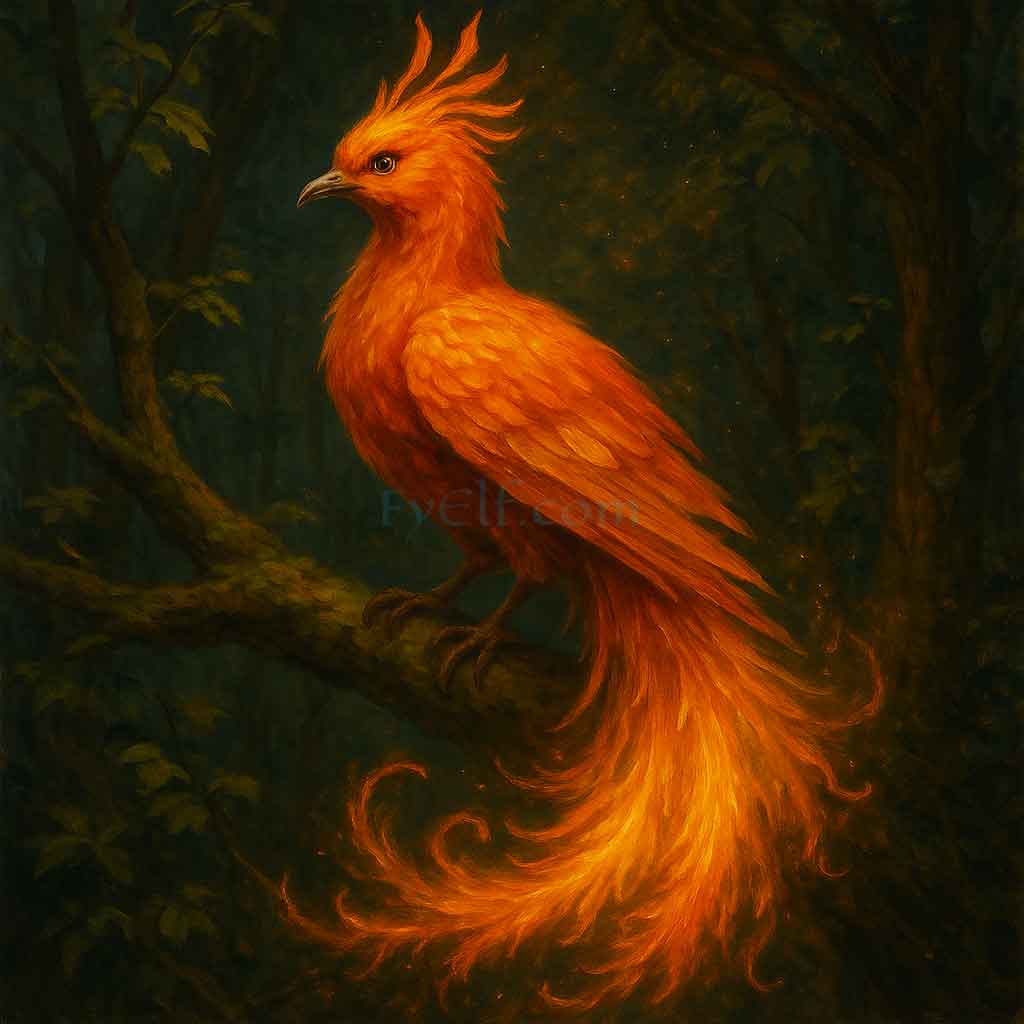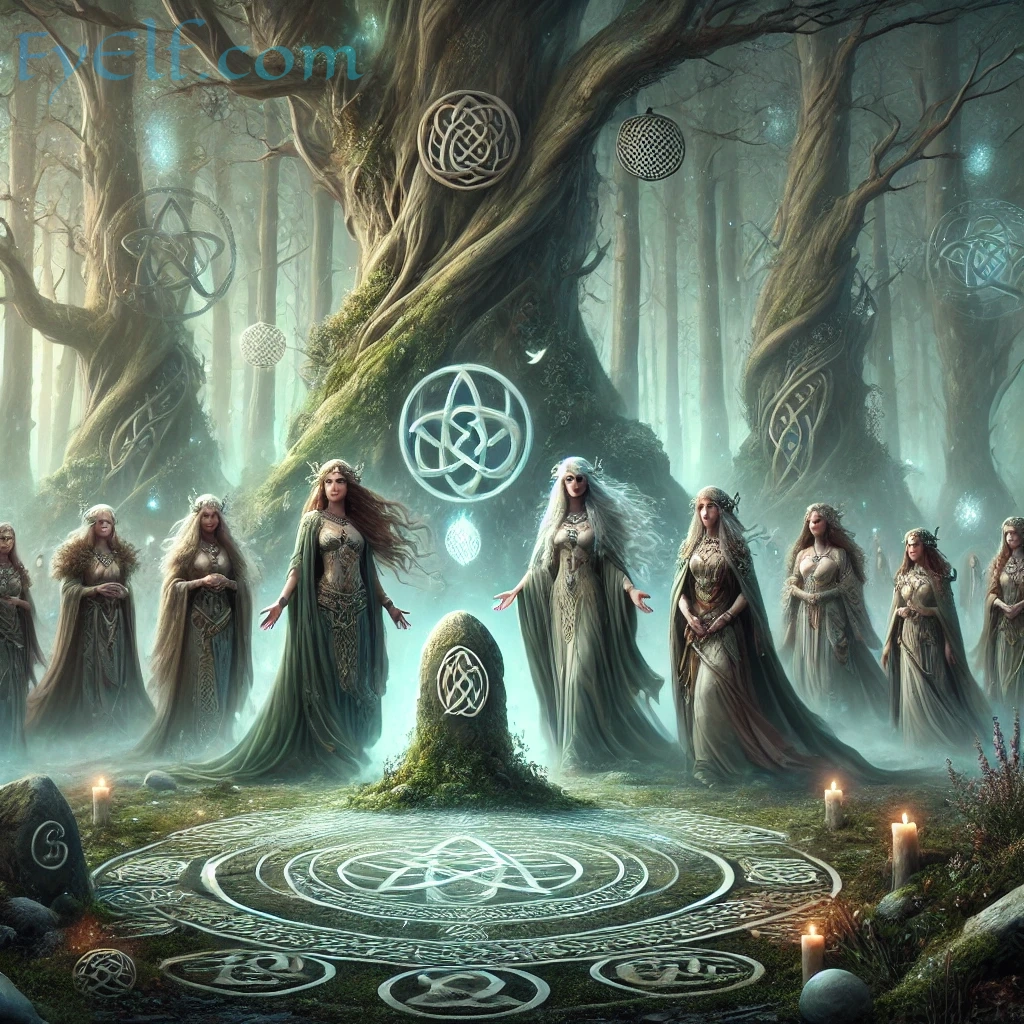The folklore of Eastern Europe is filled with magical beings, but few are as dazzling or as captivating as the Slavic Firebird. Known for its radiant plumage that glows like burning coals, the Firebird is both a prize beyond imagination and a dangerous challenge for those who pursue it. Appearing in countless Slavic fairy tales and epics, this creature embodies the dual nature of fortune: it can bring great blessings, yet it often leads to peril and suffering.
The Firebird has fascinated storytellers, artists, and musicians for centuries, with its influence stretching from medieval oral traditions to modern ballet and fantasy. To understand its enduring allure, we must look at its origins, its place in folklore, and its symbolism as a bird of fire, light, and destiny.
Origins of the Slavic Firebird in Myth and Folklore
The Firebird (Zhar-Ptitsa in Russian, literally “heat bird” or “burning bird”) has roots in pagan Slavic mythology, where it was associated with the sun, fire, and the cycles of life. In pre-Christian times, Slavic peoples revered celestial bodies and natural forces, and a radiant bird with glowing feathers would have fit perfectly into their worldview.
Some scholars believe the Firebird was originally linked to solar worship, serving as a personification of the sun’s life-giving energy. Its feathers, which never lose their brightness, symbolized eternal light. Others interpret the Firebird as a guardian of magical realms, bringing fire, fertility, and renewal wherever it flew.
Over time, the Firebird migrated from myth into fairy tales and folklore, where it became one of the most recognizable figures in Eastern European storytelling.
The Firebird in Fairy Tales and Epic Stories
The Firebird is best known through Russian fairy tales collected in the 19th century by folklorists like Alexander Afanasyev. In these tales, the Firebird typically appears as an elusive treasure that heroes must capture or bring back to their king.
The Quest for the Firebird
A classic storyline begins with a tsar who discovers one of the Firebird’s glowing feathers. The feather is so radiant that it lights up entire halls, and the tsar becomes obsessed with owning the whole bird. He commands a hero—often his youngest son or a humble servant—to set out on a dangerous quest.
Heroes, Trials, and Magical Helpers
The pursuit of the Firebird is never simple. The hero encounters numerous challenges along the way, often needing the assistance of magical animals or wise old men. In many tales, the hero’s horse plays a crucial role, giving advice or carrying him through peril.
The Firebird as Both Blessing and Curse
Catching the Firebird brings both glory and danger. In some stories, the hero succeeds but faces new trials due to the bird’s presence. In others, simply possessing a feather causes jealousy, betrayal, or even downfall. The Firebird thus serves as a double-edged symbol—a prize of incredible beauty but one that brings consequences if sought with greed or arrogance.
Symbolism of the Firebird
The Firebird’s enduring power lies in its rich symbolism, which has been interpreted in many ways across centuries.
Light, Fire, and Rebirth
The Firebird is first and foremost a bird of light. Its glowing feathers represent fire, warmth, and the eternal sun. As such, the Firebird often symbolizes rebirth and renewal, echoing the cycles of nature. Its imagery overlaps with other global myths, such as the Phoenix of Greek and Egyptian traditions.
The Firebird as a Test of Destiny
In Slavic fairy tales, the Firebird often functions as a test of the hero’s character. It is not enough to desire the bird; the hero must prove wisdom, humility, and courage to capture it. Those who seek it recklessly usually meet ruin, while those who approach with respect sometimes earn the reward.
Moral Lessons from Firebird Tales
Through these stories, the Firebird embodies a lesson central to Slavic folklore: that fortune and misfortune are intertwined. What seems like a blessing can easily become a curse if handled without wisdom.
The Firebird Across Eastern Europe
While the Firebird is most strongly associated with Russia, its variations appear throughout Slavic folklore.
Russian Folklore Traditions
Russian fairy tales describe the Firebird in vivid detail: its feathers glow so brightly that they can light entire chambers, and its song can heal the sick or bring joy to sorrowful hearts. In many Russian stories, the Firebird is both the object of quests and a guiding force.
Ukrainian and Belarusian Variations
In Ukrainian and Belarusian folklore, the Firebird often overlaps with the Raróg, a fiery hawk or falcon associated with fire and storms. These traditions emphasize the destructive potential of the bird, reminding listeners that fire both nourishes and consumes.
Parallels with Other Cultures
The Firebird’s themes resonate far beyond Slavic lands. The Greek Phoenix, which rises from its ashes, and the Persian Simurgh, a bird of wisdom and healing, share striking similarities. These parallels suggest a universal human fascination with birds of flame and light.
The Firebird in Art, Music, and Modern Culture
The Firebird has captured the imagination of artists for centuries. Its glowing feathers, radiant beauty, and mysterious nature make it an irresistible subject for creative expression.
Stravinsky’s Firebird Ballet
Perhaps the most famous adaptation is Igor Stravinsky’s “The Firebird” (1910), a ballet that introduced Russian folklore to Western audiences. Stravinsky’s score brought the Firebird to life in music, blending dazzling orchestration with themes of magic and transformation. The ballet remains one of the most celebrated works of the 20th century.
The Firebird in Paintings and Literature
Russian painters of the 19th and 20th centuries often depicted the Firebird as a radiant golden-red creature with luminous feathers. Writers, too, embraced the myth, using the Firebird as a symbol of hope, love, or impossible desire.
The Firebird in Modern Fantasy and Popular Culture
Today, the Firebird continues to appear in novels, video games, and films. It is often merged with or compared to the Phoenix, but in Slavic settings it retains its unique identity as a creature of both blessing and curse. Fantasy worlds inspired by Slavic lore, such as The Witcher series, frequently reference it.
Conclusion: The Eternal Glow of the Firebird
The Slavic Firebird endures as one of the most beautiful and complex creatures of Eastern European folklore. Radiant and otherworldly, it embodies light, fire, rebirth, and the paradox of fortune. In fairy tales, it tests the hero’s courage and wisdom, rewarding some and dooming others.
From ancient pagan myths to Stravinsky’s ballet and modern fantasy, the Firebird continues to shine across centuries and cultures. It is at once a prize and a peril, a glowing reminder that what dazzles the eye can also challenge the soul.
Even today, the Firebird inspires storytellers and audiences alike—proof that the glow of myth never truly fades.




